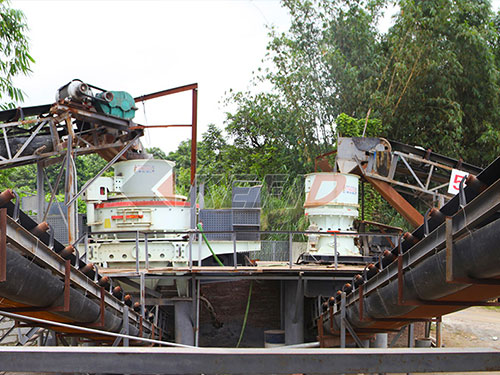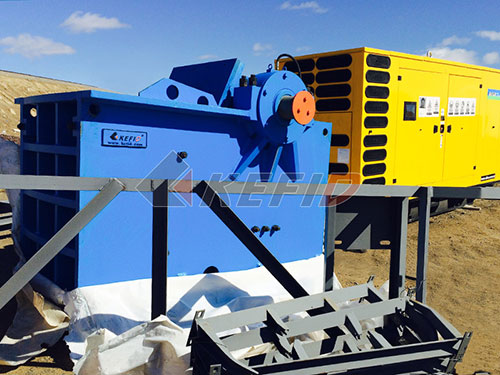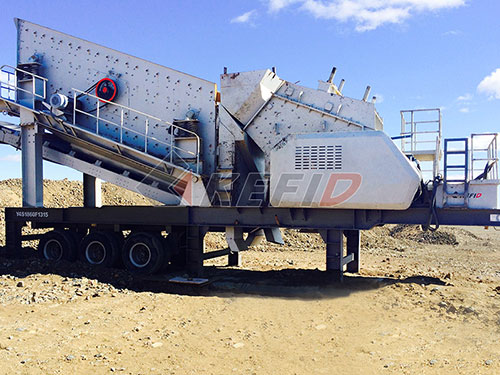The True Cost of Ball Mill Liner Replacement in Mongolia: Beyond the Price Tag

Introduction: The Heartbeat of Mongolian Mining
Within the vast, mineral-rich landscapes of Mongolia, ball mills serve as the indispensable workhorses of the mining industry. These rotating cylinders, filled with grinding media, tirelessly pulverize ore to liberate valuable minerals like copper, gold, coal, and fluorspar – the lifeblood of the nation’s economy. Ensuring these giants operate efficiently and reliably is paramount. At the core of this operational efficiency lies a critical consumable component: the mill liner.
Mill liners protect the mill shell from destructive wear caused by abrasive ore and heavy grinding media impacts. They also play a vital role in optimizing grinding efficiency by lifting and cascading the charge effectively. However, liners are sacrificial. They wear down over time, necessitating periodic shutdowns for replacement – a process that incurs significant direct and indirect costs.
Understanding and accurately estimating ball mill liner replacement cost in Mongolia is not merely an accounting exercise; it’s a strategic imperative for mine operators seeking to maximize uptime, control operating expenditures (OPEX), and maintain competitive advantage in a challenging environment. This article delves deep into the multifaceted nature of these costs within Mongolia’s unique context.
1. Deconstructing Liner Replacement Cost: A Multi-Faceted Equation
The total cost associated with replacing ball mill liners in Mongolia extends far beyond simply purchasing new plates or bars. It encompasses a complex interplay of direct expenses and substantial indirect or opportunity costs:

1.1 Direct Costs (Tangible Expenditures):
Liner Procurement: This is often the most visible cost component.
Material Cost: Varies significantly based on liner material (high manganese steel (Hadfield), chrome-moly steel alloys (e.g., ASTM A532), rubber, ceramic composites). Premium alloys offer longer life but command higher upfront prices.
Design Complexity: Wave liners, multi-wave, step-liners, classifying designs etc., can be more expensive to manufacture than simple flat plates.
Quantity & Weight: Larger mills require more liner surface area and heavier sections.
Source & Logistics: Imported liners (common due to limited local manufacturing) incur costs for international freight, customs duties (typically 5% import duty + VAT in Mongolia), import processing fees (IPF), brokerage fees, and insurance. Domestic sourcing avoids some duties but may have limited options/quality.

Leave a Reply